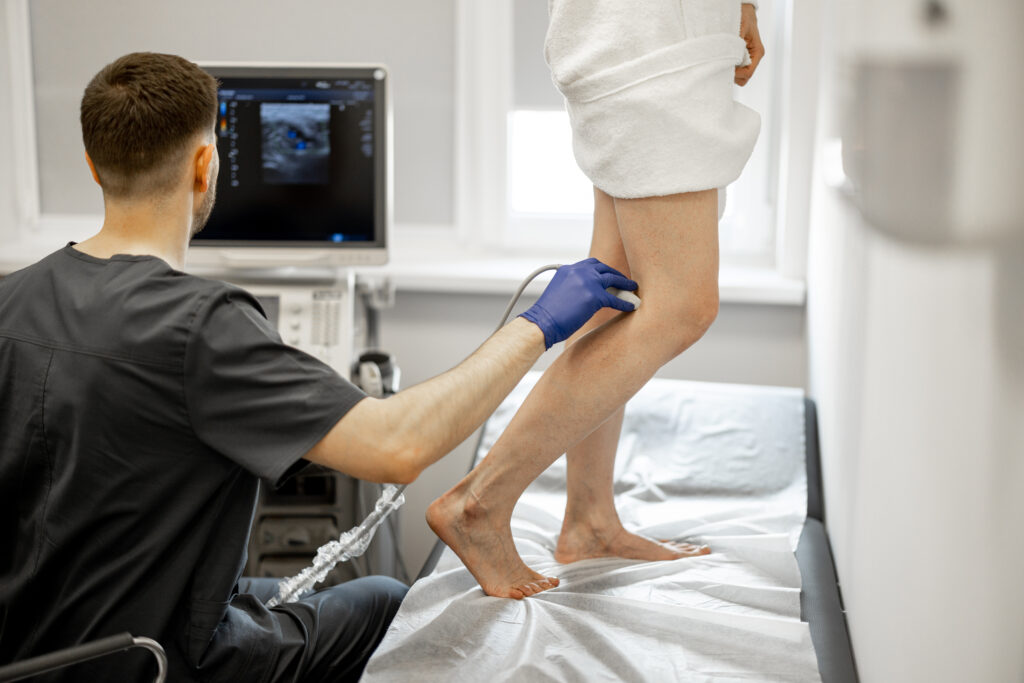EDITOR’S NOTE: The following is the last installment in a two-part series on the Uniform Hospital Discharge Data Set.
Assigning secondary or “other” diagnoses was a source of confusion in ICD-9 and remains so in ICD-10 today. The Uniform Hospital Discharge Data Set, or UHDDS, is used for reporting inpatient data in acute-care, short-term care, and long-term care hospitals. In fact, the application of the UHDDS definitions has been expanded to include all non-outpatient settings (acute-care, short-term, and long-term care, along with psychiatric hospitals, home health agencies, rehab facilities, and nursing homes, etc.). The UHDDS definitions also apply to hospice services (at all levels of care).
When coding newborn records, we are given the same directive from UHDDS about including additional diagnoses. The wording is slightly different, but the intent is the same, with one additional directive. We are instructed that all clinically significant conditions noted on routine newborn examination are to be coded. We are then given the definition of what clinically significant conditions are. If a condition requires clinical evaluation, therapeutic treatment, diagnostic procedures, extended length of hospital stay, or increased nursing care and/or monitoring, and if it has implications on future healthcare needs, then we are to code the condition on the claim.
Often, when coding newborn records, we have a tendency to overcode conditions. During routine skin examination, newborns often are noted to have a Mongolian spot. A Mongolian spot sure sounds like a clinically significant condition worthy of coding. However, it is nothing more than a benign congenital birthmark, and would not be considered a clinically significant condition or be worthy of coding on the claim. Even though DRG assignment would not be affected by the addition of the code for the Mongolian spot on the claim, adherence to the official coding conventions and guidelines when assigning ICD-10-CM diagnosis codes is required under the Health Insurance Portability and Accountability Act (HIPAA). An exception to this scenario would be a newborn found to have a congenital Mongolian spot, with the provider documenting that the baby needs further evaluation as an outpatient to evaluate for other accompanying congenital defects. The presence of such documentation would satisfy the directive that conditions with implications for future healthcare needs be cited.
A word of caution when coding conditions of the skin found on routine newborn examinations is this: often newborn babies are noted to have a congenital nevus of the skin or an unspecified birthmark. These conditions are coded to diagnosis code Q82.5, Congenital non-neoplastic nevus. The assignment of this code on the newborn claim does affect DRG assignment. In fact, a hospital recently had to pay a large sum of money back, including fines, when billing DRG 794, Neonate with other significant problems, frequently. Upon review of their newborn claims, it was discovered that the findings of a nevus upon routine newborn exam was regularly coded on the claims, raising the DRG billed inappropriately. It was inappropriate because the nevus did not meet the qualifications for clinically significant conditions, as directed in the newborn coding guidelines.
Coding Quality versus DRG-Driven Coding
Money makes the world go ‘round; we all are aware of that. In the coding world, there is a great deal of emphasis on coding to obtain the correct or appropriate DRG assignment. While it is extremely important to arrive at the appropriate DRG assignment, we must be diligent not to lose sight of producing quality coding on every claim. Why is coding quality important? As mentioned above, we are instructed in the ICD-10-CM Official Guidelines for Coding and Reporting that adherence to the official coding conventions and guidelines when assigning ICD-10-CM diagnosis codes is required under the Health Insurance Portability and Accountability Act (HIPAA). Furthermore, while many of the assigned secondary diagnoses may not be complications and comorbidities (CCs) or major CCs (MCCs), and may not have any impact on DRG assignment, some of these conditions give a more accurate picture of the patient’s condition by affecting the severity of illness (SOI) and/or risk of mortality (ROM) scores, providing the most accurate picture of patient’s condition during admission. Additionally, many of the assigned secondary diagnoses are tracked by quality measures and other departments in the hospital.
For a quick and easy way to remember the UHDDS criteria for coding an additional secondary diagnosis, think MEET:
M = was the diagnosis/condition Monitored when it required extra nursing care?
E = was the diagnosis/condition Evaluated (by a physician or consultant)?
E = did the diagnosis/condition Extend the length of stay?
T = was the diagnosis/condition Treated, or were procedures performed for them?
Mastering the art of secondary diagnosis coding is an important piece of the coding puzzle. Remembering that assigning codes for all appropriate conditions is the first step. The second step is remembering these guidelines when reviewing charts and assigning codes.














